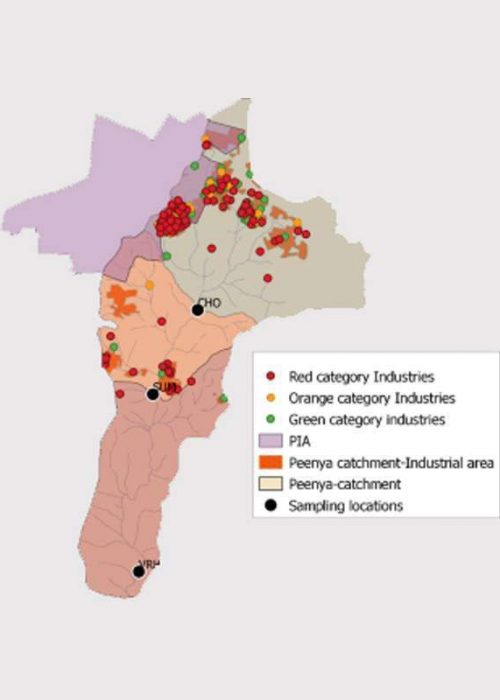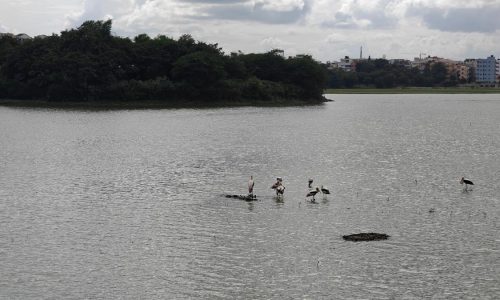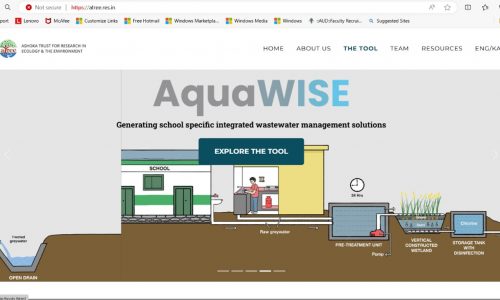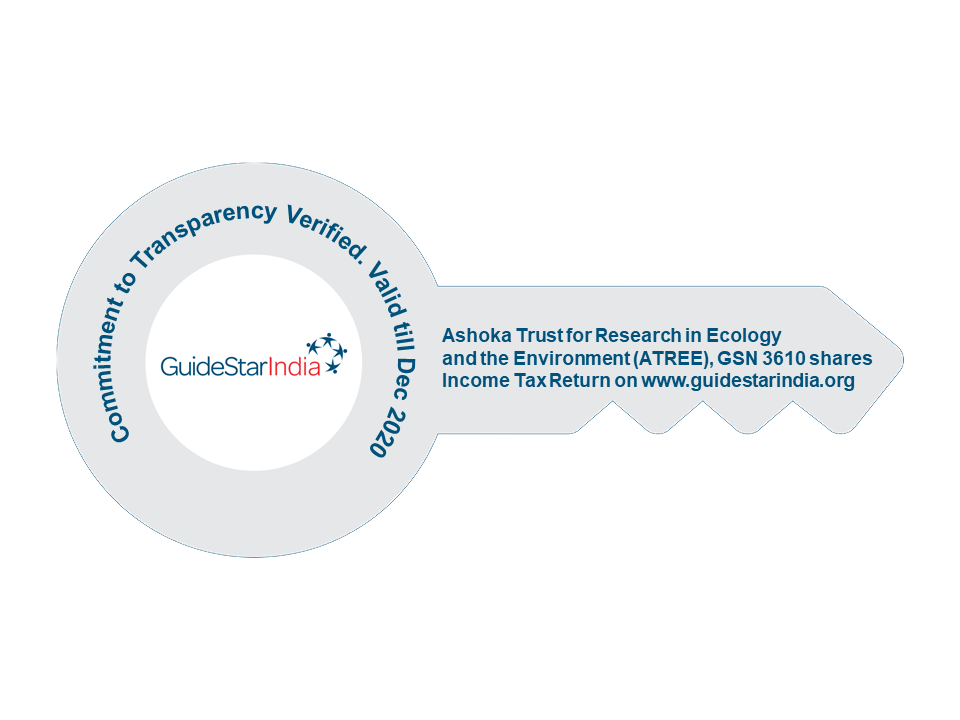Priyanka Jamwal, Divya Nayak, Praveen Raje Urs, Mohamed Zuhail Thatey, Malavika Gopinath, Mohammad Idris & Sharachchandra Lele
Ambio | June 8, 2022
Heavy metal (HM) contamination of water bodies is caused by both first generation (industries) and second generation (distributed sources, domestic sewage, sediments) sources. We applied a multi-pronged approach to quantify the contribution of first and second generation sources to the HM load in a stream located in an industrialised catchment. We found that, despite strict regulation, first generation sources contributed significantly to the HM load (60%–80%), showing the ineffectiveness of current regulation. Domestic sewage contributed significantly to Cu, Ni, and Mn load (15%–20%). The contribution of distributed sources and sediments to HM load is insignificant. In a 24-hour cycle, HM concentrations frequently exceeded FAO’s irrigation water quality standards, with the highest concentrations observed at night. Empirically, the study highlights the continued plight of urban streams in rapidly industrialising centers and the failure to regulate first-generation sources. Methodologically, it demonstrates the importance of temporally intensive measurement of contaminant concentration and load. Policy implications include the need for ambient water quality standards, inclusion of HMs in such standards, load-based regulation, and a problem-oriented monitoring and enforcement approach.









